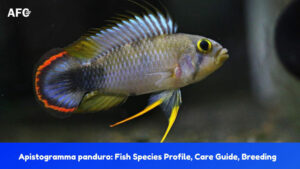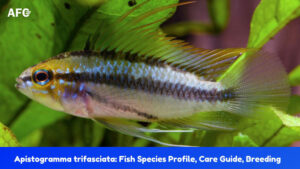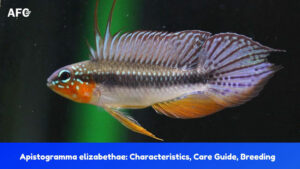
10 Different Types of Apistogramma Dwarf Cichlids: Cacatuoides, Agassizii, Macmasteri, Borellii
Apistogramma is the largest genus of dwarf cichlids, with 93 recognized species distributed in tropical South America east of the Andes. However, over 400 undescribed species and various Apistogramma types















